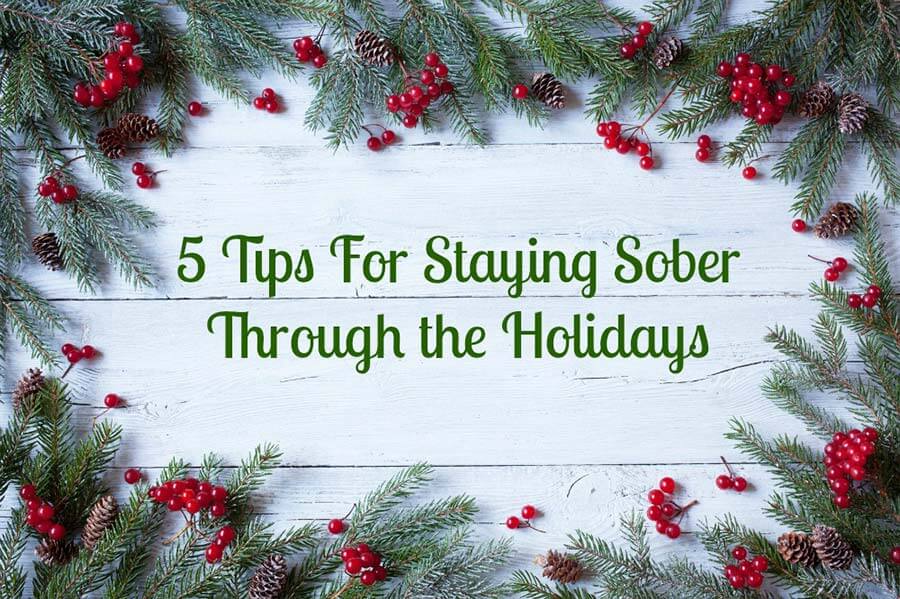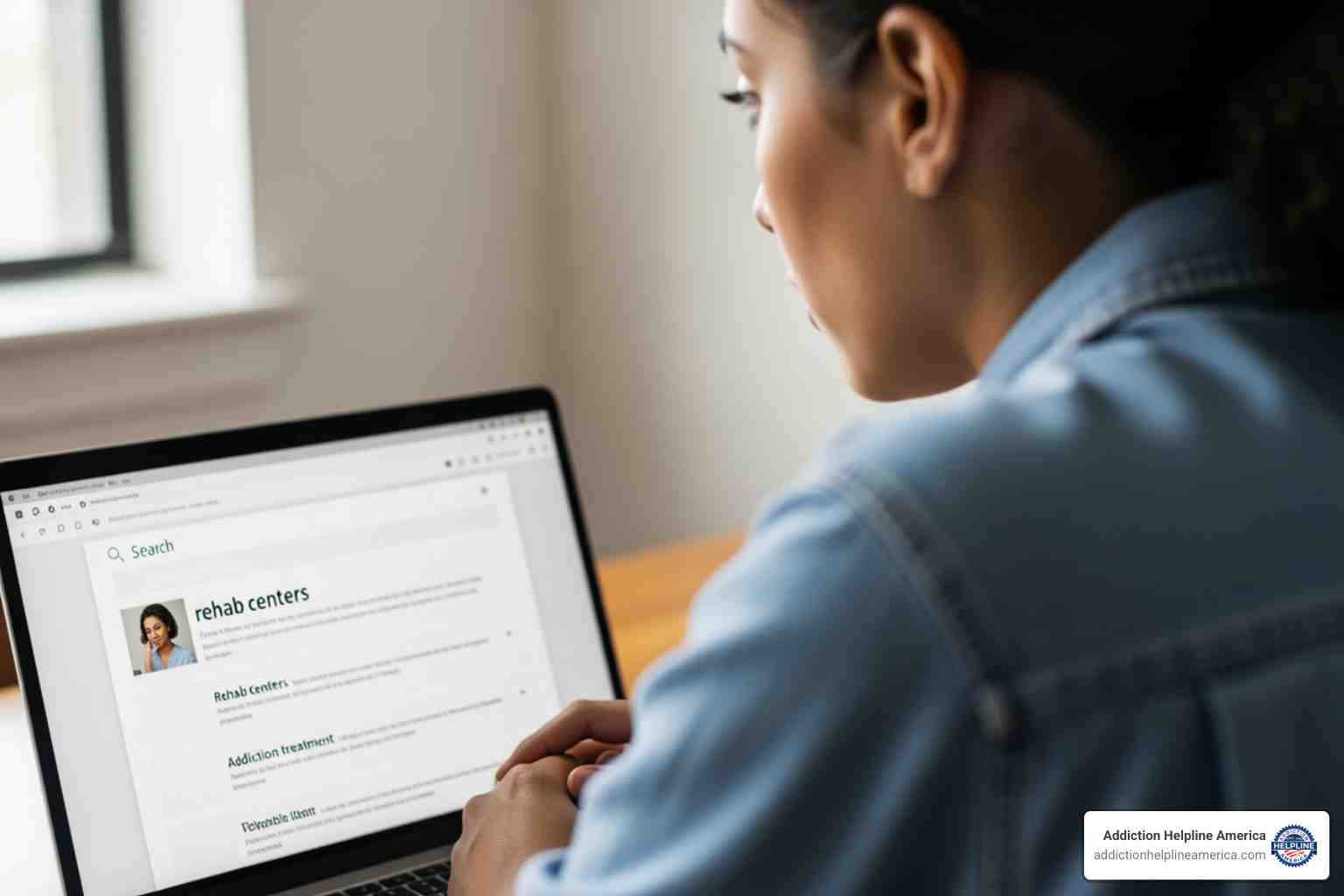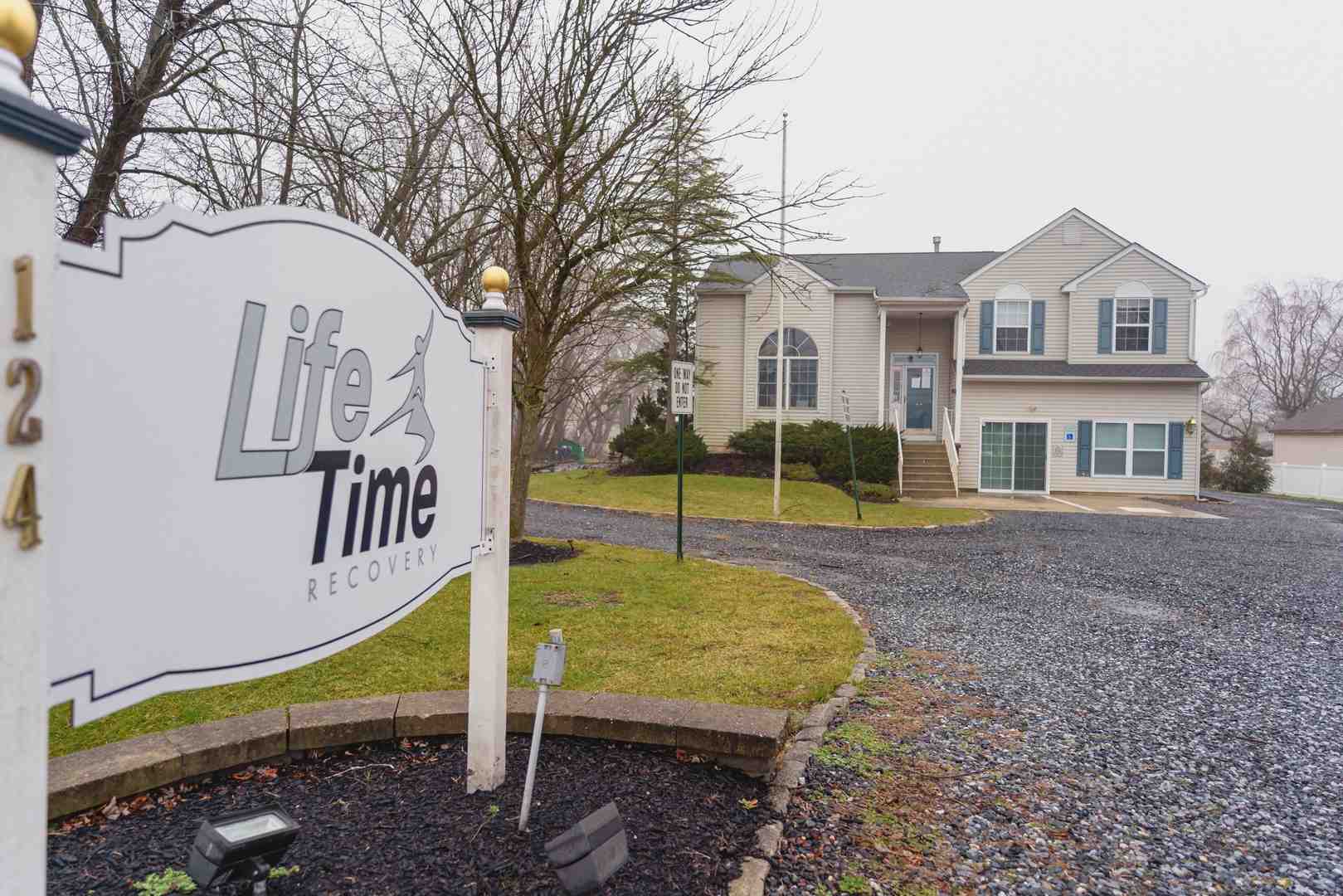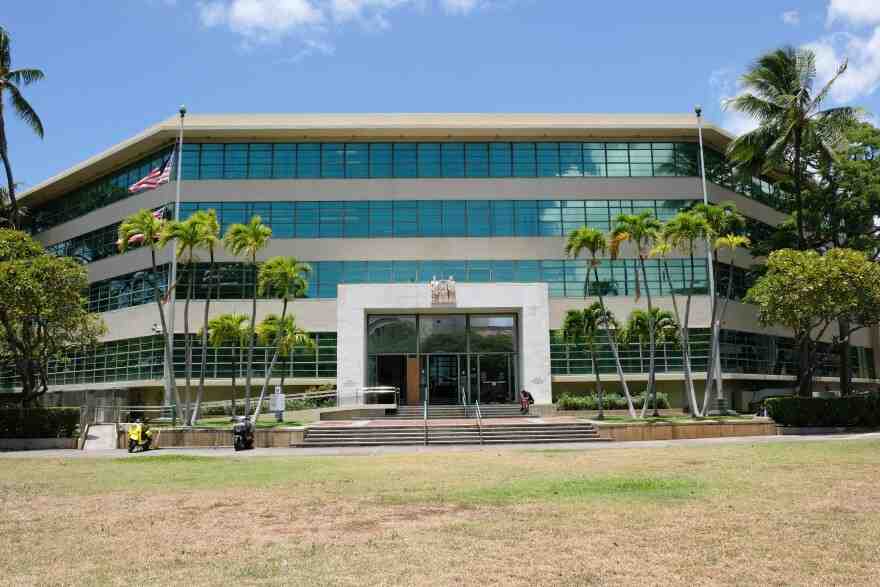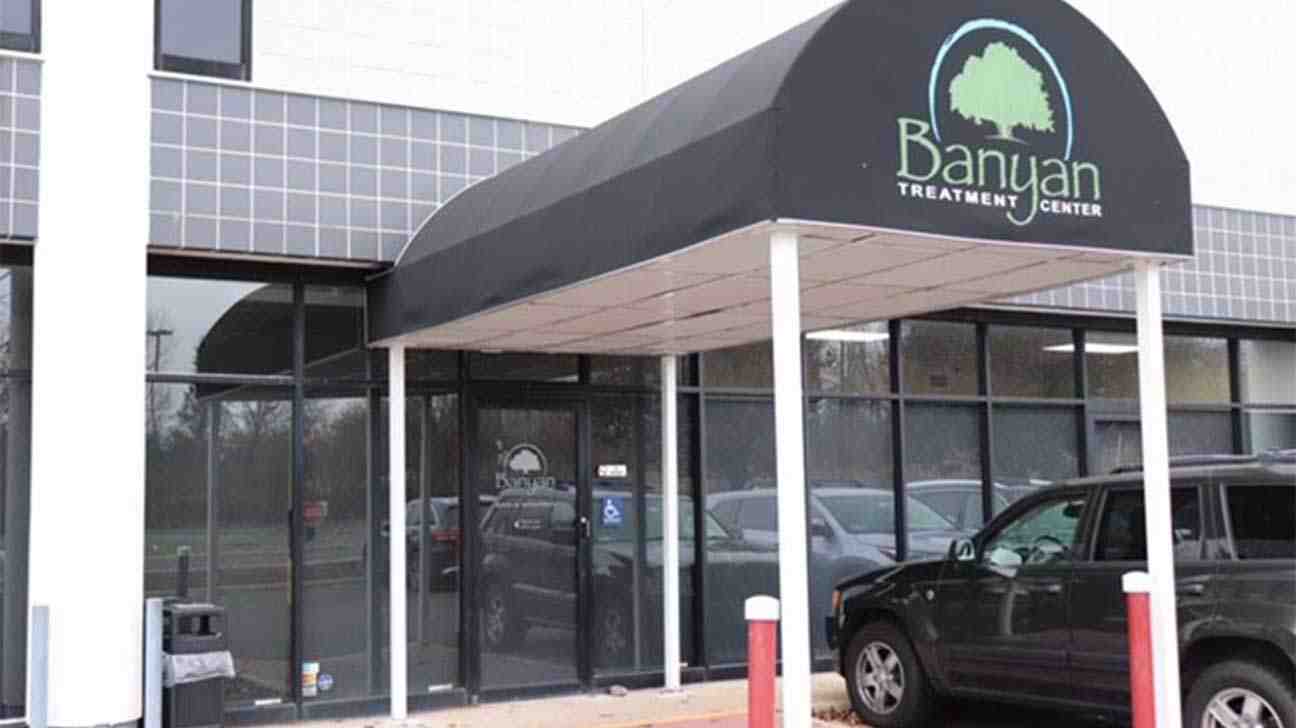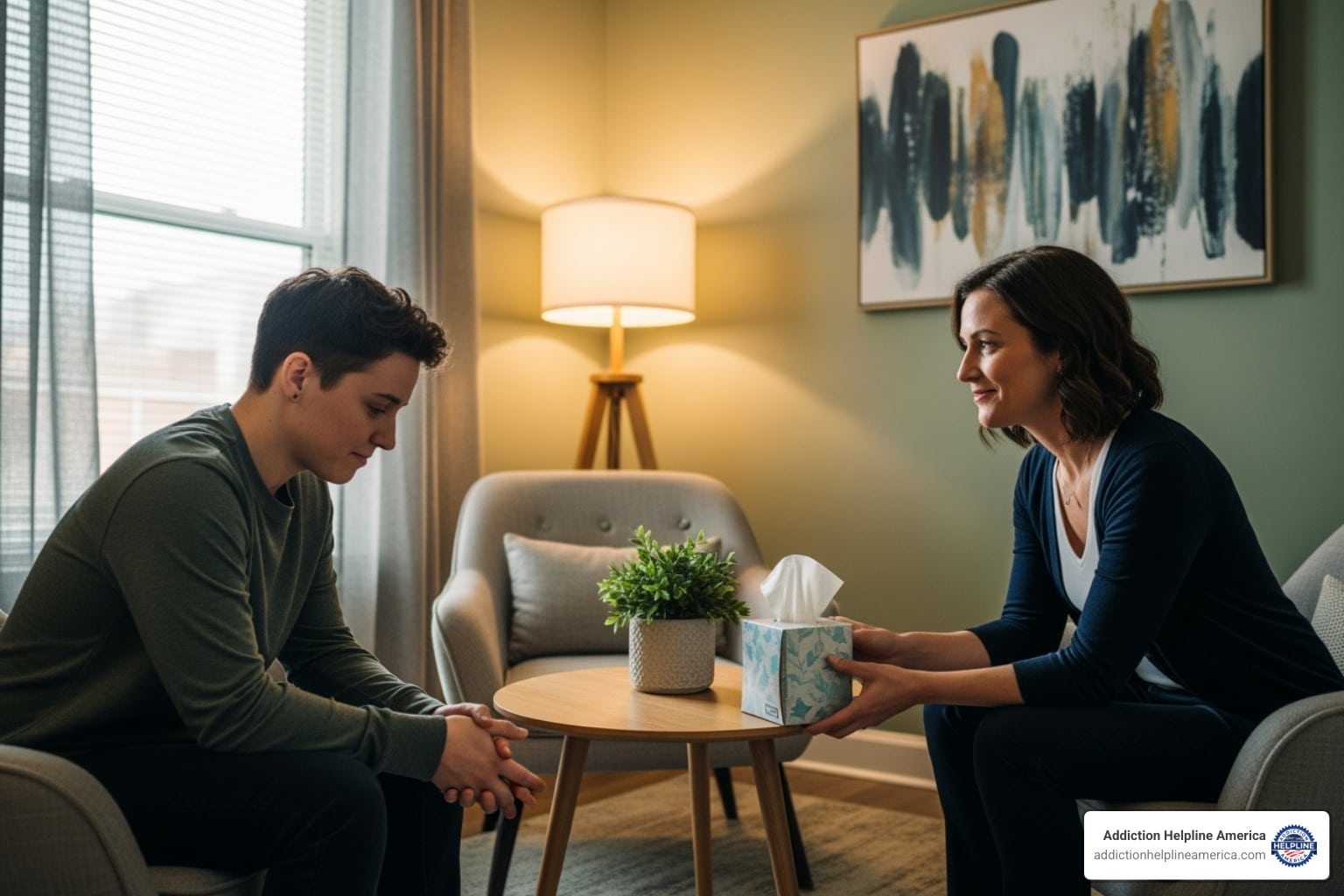
Why Seeking Eating Disorder Help Is a Crucial First Step
Eating disorder help is available, and getting started can be simple. Recovery is possible with timely support.
Immediate Steps to Get Help:
- Contact a support helpline – Call the National Eating Disorders Association (NEDA) at 1-800-931-2237 or text “NEDA” to 741-741.
- See your doctor – Ask for a medical evaluation and referral to specialized care.
- Explore treatment options – Learn about levels of care (outpatient to residential) and what fits your needs.
- Involve loved ones – Family support improves outcomes.
In a crisis? Call or text 988 for the Suicide & Crisis Lifeline or go to your nearest emergency room.
Eating disorders are serious mental illnesses that affect people of all genders, ages, and backgrounds. Conditions like anorexia nervosa, bulimia nervosa, and binge eating disorder carry significant medical and psychological risks—but recovery is achievable with professional care.
Addiction Helpline America connects individuals and families to confidential, personalized resources for eating disorder treatment and co-occurring conditions.
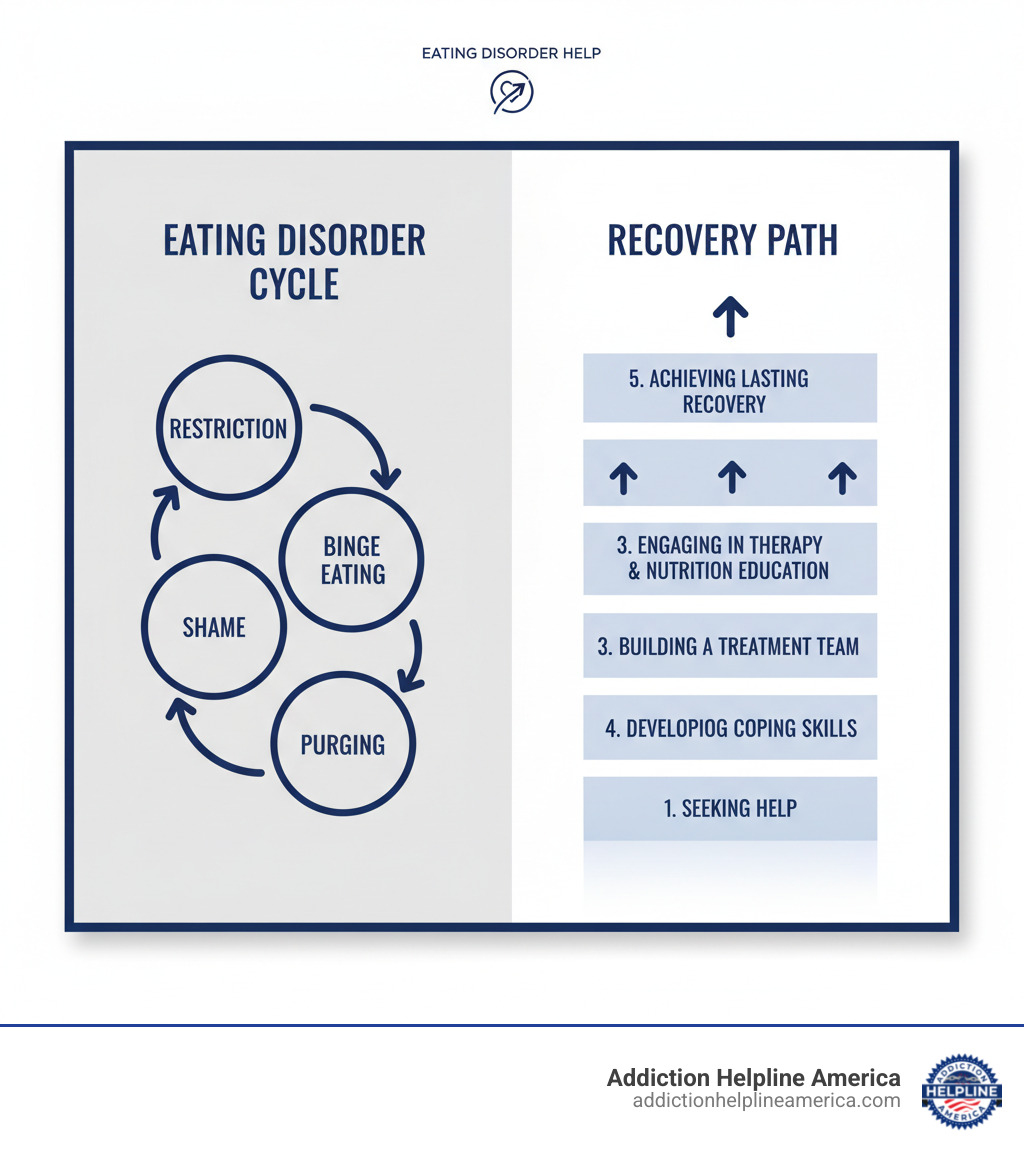
Understanding Eating Disorders: Signs, Types, and Risks
Eating disorders are complex mental health conditions rooted in issues like control and self-worth—not vanity or willpower. Disordered eating (e.g., skipping meals, yo-yo dieting) is common, but a diagnosed eating disorder involves persistent patterns that harm health and daily life. With timely eating disorder help, recovery is possible.
Common Types of Eating Disorders
- Anorexia Nervosa: Severe food restriction, intense fear of weight gain, distorted body image; high medical risk.
- Bulimia Nervosa: Repeated binge eating followed by compensatory behaviors (vomiting, laxatives, excessive exercise).
- Binge Eating Disorder (BED): Recurrent binge episodes with loss of control and distress, without regular purging.
- Other Specified Feeding or Eating Disorder (OSFED): Serious symptoms that don’t fit full criteria for the above (e.g., atypical anorexia, purging disorder).
Signs and Symptoms to Watch For
- Behavioral: Weight changes; calorie/weight obsession; food rituals; avoiding meals with others; bathroom trips after meals; compulsive exercise.
- Emotional: Low self-esteem; fear of weight gain; mood swings; isolation; anxiety at meals; shame or guilt after eating.
- Physical: Dizziness; feeling cold; hair loss; dental issues; swollen glands; digestive problems; missed menstrual periods.
Risk Factors and Health Consequences
Risk factors include genetic predisposition, perfectionism, low self-esteem, and cultural pressures. Co-occurring conditions (depression, anxiety, OCD, substance use) are common.
Potential complications if untreated:
- Cardiovascular: Irregular heartbeat, heart failure.
- Gastrointestinal: Constipation, reflux, esophageal tears.
- Endocrine: Hormonal disruption, infertility, osteoporosis.
- Dental: Enamel erosion from purging.
- Nutritional: Deficiencies affecting multiple organ systems.
Early recognition and professional care improve outcomes and can reverse many health effects.
Comprehensive Treatment for Eating Disorders
Effective eating disorder help is comprehensive and team-based, addressing medical, psychological, and nutritional needs. A typical team includes a medical doctor, a mental health professional, and a registered dietitian; for youth, family involvement is vital.

The Role of Psychotherapy in Recovery
- Individual Therapy: Understand drivers of the disorder and build coping skills.
- Group Therapy: Reduce isolation; learn from peers.
- Family Therapy: Essential for adolescents and helpful for many adults.
Evidence-based models:
- Cognitive Behavioral Therapy (CBT): Effective for bulimia and binge eating.
- Family-Based Treatment (FBT/Maudsley): For adolescents with anorexia.
- Dialectical Behavior Therapy (DBT): Skills for emotion regulation and distress tolerance.
Nutritional Rehabilitation and Education
A registered dietitian helps you:
- Restore weight safely (if needed).
- Normalize eating patterns with regular, structured meals.
- Challenge food fears and expand variety.
- Replace nutrition myths with facts.
Navigating Levels of Care
- Outpatient: Live at home; regular appointments.
- Intensive Outpatient (IOP): Several hours weekly.
- Residential Treatment: 24/7 support in a facility (e.g., Walden Eating Disorder Center Vernon Rockville CT). Addiction Helpline America can help you explore options.
- Inpatient Hospitalization: For medical instability or crises.
When Medication Is Used
Medications are adjuncts, mainly for co-occurring conditions. Antidepressants (SSRIs) can help with bulimia and binge-eating symptoms when combined with therapy. A psychiatrist will advise on suitability.
ARTICLE SPECIFICATIONS
- Topic: eating disorder help
- Format: Extensive Guide
KEY QUESTIONS TO ANSWER
- What are the different types of eating disorders?
- What are the common signs and symptoms of eating disorders?
- What are the risk factors associated with developing an eating disorder?
- What are the potential health consequences of eating disorders?
- What are the different treatment options available for eating disorders?
- What is the role of therapy (psychotherapy) in eating disorder treatment?
- How does nutrition education contribute to recovery from an eating disorder?
- When are medications used in eating disorder treatment, and what types are common?
- What are the different levels of care for eating disorder treatment (e.g., outpatient, inpatient, residential)?
- How can family and loved ones support someone with an eating disorder?
- Where can individuals find professional help and resources for eating disorders?
- What is the importance of early intervention in eating disorder recovery?
- Are there specific resources for different age groups (e.g., adolescents, adults)?
- What is the difference between disordered eating and a diagnosed eating disorder?
- How can someone access eating disorder services in Ontario, Canada?
- What is the role of organizations like Sheena’s Place, NEDIC, and CAMH in providing support?
- What are some self-help strategies or resources for managing disordered eating or supporting recovery?
- How can individuals cope with the stigma surrounding eating disorders?
- What are the treatment principles for healthcare providers working with individuals with eating disorders?
- Where can individuals find information on specialized treatment approaches like the Maudsley approach or CBT-e?
RELEVANT STATISTICS
- Between 1% and 2% of adolescents and young adults have an eating disorder.
- Anorexia usually starts in puberty, while bulimia tends to develop a few years later.
- Within 10 years of its onset, 10% of people with anorexia will die from the illness and its complications, including suicide.
- More common than anorexia, bulimia can involve an ongoing cycle of uncontrollable binge-eating followed by purging.
- Eating disorders affect people of all genders, ages, classes, abilities, races and ethnic backgrounds.
- The National Eating Disorder Association (NEDA) runs a free, confidential hotline available Monday–Thursday, 9:00 am EST – 9:00 pm EST and Friday, 9:00 am EST– 5:00 pm EST.
- The National Alliance on Mental Illness (NAMI) has a helpline that can provide information and support regarding a variety of mental health concerns, including eating disorders. The helpline is available Monday–Friday, 10:00 am EST – 6:00 pm EST.
- The National Association of Anorexia Nervosa and Associated Disorders (ANAD) free helpline provides emotional support and treatment referrals.
- The Substance Abuse and Mental Health Services Administration (SAMHSA) has a national helpline that is free, confidential, and offers 24/7 treatment referrals and information.
- The National Suicide Prevention Lifeline is available 24 hours daily.
Where to Find Eating Disorder Help and Build a Support System
Recovery isn’t solitary—connection helps break shame and secrecy.
How to Access Professional Eating Disorder Help
- Start with Your Doctor: Get a medical check and referrals.
- Understand Your Options: A helpline can explain care levels and match resources.
- Verify Insurance: Ask your insurer or a treatment center’s financial counselor.
Addiction Helpline America offers free, confidential guidance to help you identify appropriate treatment and support.
How Loved Ones Can Provide Support
- Educate Yourself: Approach with compassion, not judgment.
- Offer Non-Judgmental Support: Listen; avoid comments about weight/appearance.
- Encourage Professional Help: Offer to help with research or attend an appointment.
- Set Boundaries: Support without enabling; care for your own well-being.
National Helplines and Resources
- National Eating Disorders Association (NEDA): 1-800-931-2237 or text “NEDA” to 741-741
- National Alliance on Mental Illness (NAMI): 1-800-950-NAMI (6264) or text “NAMI” to 741-741
- SAMHSA’s National Helpline: 1-800-662-HELP (4357) — 24/7 referrals and information
For crisis support: Call or text 988 (Suicide & Crisis Lifeline), available 24/7.
INTERNAL MD LINKS TO INCLUDE IN THE ARTICLE
Walden Eating Disorder Center Vernon Rockville CT
Where to Find Eating Disorder Help and Build a Support System
You’re not alone—support speeds recovery.
How to Access Professional Eating Disorder Help
- Consult Your Doctor for evaluation and referrals.
- Verify Your Insurance coverage and benefits.
- Contact a Helpline: Addiction Helpline America can provide free, confidential guidance and help you compare options.
How Loved Ones Can Provide Support
- Learn about eating disorders.
- Listen without judgment; avoid comments about food/weight.
- Encourage professional help and offer practical support.
- Maintain healthy boundaries.
National Helplines and Resources
- NEDA: 1-800-931-2237 or text “NEDA” to 741-741
- NAMI: 1-800-950-NAMI (6264) or text “NAMI” to 741-741
- SAMHSA: 1-800-662-HELP (4357)
In a crisis, call or text 988. You can also text “HOME” to 741-741 for the Crisis Text Line.
KEY SOURCES AND SEO INSIGHTS
Select, reputable resources used to inform this guide and help readers find care:
- National Eating Disorders Association (NEDA): Treatment map, screening, and education — https://www.nationaleatingdisorders.org/
- Mayo Clinic: Eating disorder treatment overview — https://www.mayoclinic.org/diseases-conditions/eating-disorders/in-depth/eating-disorder-treatment/art-20046234
- National Eating Disorder Information Centre (NEDIC, Canada): Helpline/live chat, education — https://nedic.ca/
- CAMH (Centre for Addiction and Mental Health): Treatment principles and options — https://www.camh.ca/
- ConnexOntario (Ontario, Canada): Directory for provincially funded services — https://www.connexontario.ca/
- Sheena’s Place (Toronto): Free, professionally-facilitated group support — https://sheenasplace.org/
Note: These sources emphasize accessible, stigma-free support; evidence-based therapies (CBT, FBT/Maudsley, DBT); and stepped levels of care.
Why Seeking Eating Disorder Help Is a Crucial First Step
Eating disorder help is available and effective. Start now:
Immediate Steps to Get Help:
- Contact a helpline — NEDA 1-800-931-2237 or text “NEDA” to 741-741.
- See your doctor — request a medical evaluation and referrals.
- Explore your care level — outpatient to residential options.
- Involve loved ones — support improves outcomes.
In a crisis, call or text 988.
Understanding Eating Disorders: Signs, Types, and Risks
Eating disorders are complex, serious mental illnesses. With timely help, recovery is possible.
Types: Anorexia nervosa, bulimia nervosa, binge eating disorder (BED), and OSFED.
Common signs: food/weight preoccupation, avoidance of meals with others, bathroom trips after eating, compulsive exercise, mood changes, shame after eating, and physical changes (e.g., dizziness, dental issues).
Risks: heart problems, digestive issues, hormonal disruption, osteoporosis, and nutrient deficiencies. Early care reduces complications.
Comprehensive Treatment for Eating Disorders
Recovery is team-based: medical monitoring, psychotherapy, and nutrition counseling.
Therapies: CBT (bulimia, BED), FBT/Maudsley (adolescents with anorexia), DBT (emotion regulation and coping).
Nutrition: structured meals, gradual weight restoration (if needed), challenging food fears, and evidence-based education.
Care levels: outpatient, IOP, residential (e.g., Walden Eating Disorder Center Vernon Rockville CT), and inpatient hospitalization for medical instability.
Medication: Often for co-occurring conditions; SSRIs may help bulimia/BED when combined with therapy.
Conclusion: Your Path to Healing Starts Today
Early intervention matters—and recovery is possible. Compassionate, evidence-based help is available now.
Take the first step: Find a personalized addiction and rehab hotline. Our guidance is free, confidential, and custom to your needs.
Our helpline is 100%
free & confidential
If you or someone you care about is struggling with drug or alcohol addiction, we can help you explore your recovery options. Don’t face this challenge alone—seek support from us.
Programs
Resources
Will my insurance
cover addiction
treatment?
We're ready to help
Find the best
drug or alcohol treatment
center
Are you or a loved one struggling with addiction? Call today to speak to a treatment expert.




